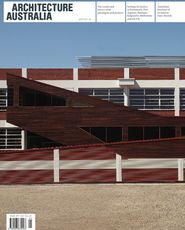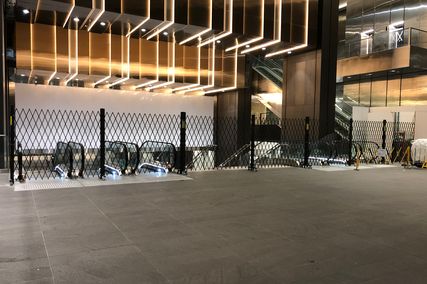What makes a good court building? How might the buildings themselves contribute toward effective justice outcomes? Definitions of what “good” architecture is are fraught in any circumstance, but courts present a particularly complicated type – one in which many competing agendas, both practical and philosophical, must be balanced. Justice projects negotiate diverse social and cultural expectations and situations, while also addressing a whole series of difficult programmatic challenges. Multiple tensions are inherent in type – between progress and stability, between the needs of the state and the independence of the judiciary, between equality and segregation, between the need for security and the need for courts to be accessible and approachable public places, between the requirements of the law and the cultural values of Indigenous peoples, and so on. Such tensions cannot be resolved, and are present to different degrees in different types of courts and different levels of the justice system.
Courts have undergone significant changes in the last two decades, as outlined by Graham Brawn in the opening essay in this issue. This is an outcome of conceptual restructuring in the justice world – new paradigms of therapeutic and restorative justice place greater emphasis on the experience of the court attendee (itself a very complex user group), and on courts as part of the solution to social ills, rather than as simply being punitive institutions – and of increasing pragmatic and technological demands. As Graham points out, architecture has not simply responded to these changes. Rather, the discipline has, in some instances, played a significant part in developing and formulating these changes. Indeed, one of the major skills of the architect is the ability to keep multiple agendas and diverse requirements in play simultaneously. In court projects this skill is pushed to its limit. An Australian court may require up to six separate circulation systems, it will accommodate vastly different social groups and expectations and should facilitate effective cross-cultural encounters. A court building needs to be a civic work that represents ideals of justice, conveys a sense of order and the authority and maintains a secure environment while enabling greater inclusion and access.
Presenting an array of recent court projects in a special issue of the magazine allows this array of ideas to be articulated in a manner that is difficult to achieve within the scope of individual building reviews. In this issue, essays exploring some of the broader questions frame articulate and responsive reviews of completed projects. Architects are also given a voice – a number of major court projects in process here and in the United Kingdom are described by the those responsible for leading the projects. These give us an insight into the ways in which these architects have developed the buildings to respond to, and accommodate, all the aforementioned complexity and diversity.
This issue of the magazine aims to give readers some insight into justice from a number of viewpoints. I would like to particularly thank Graham Brawn who introduced me to this body of work and who helped guide the content of this issue of Architecture Australia.
Justine Clark, editor Architecture Australia.















